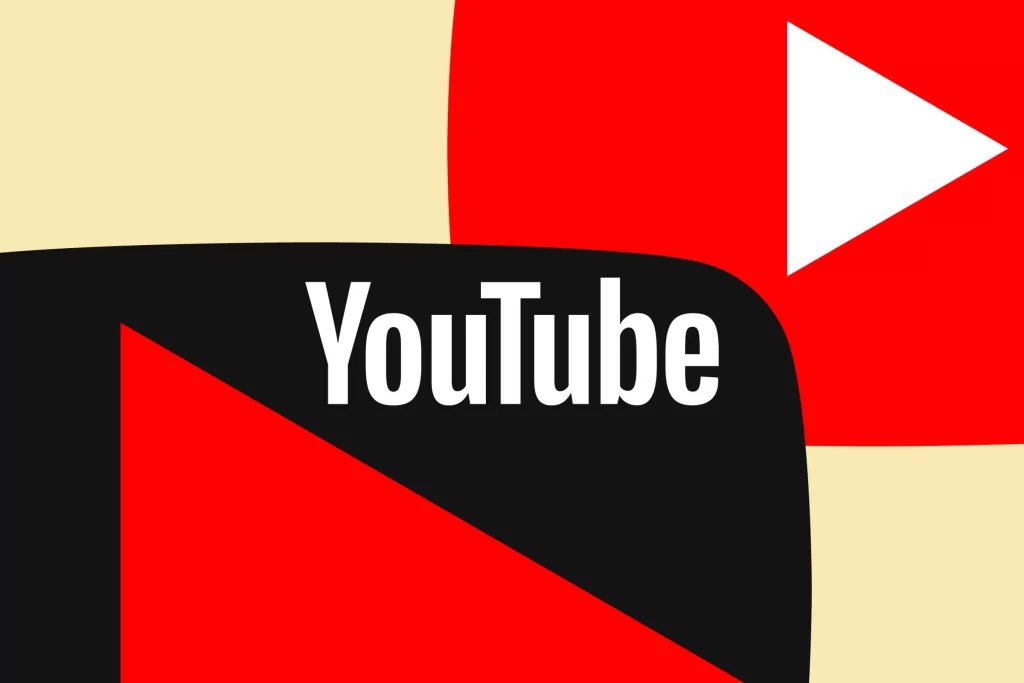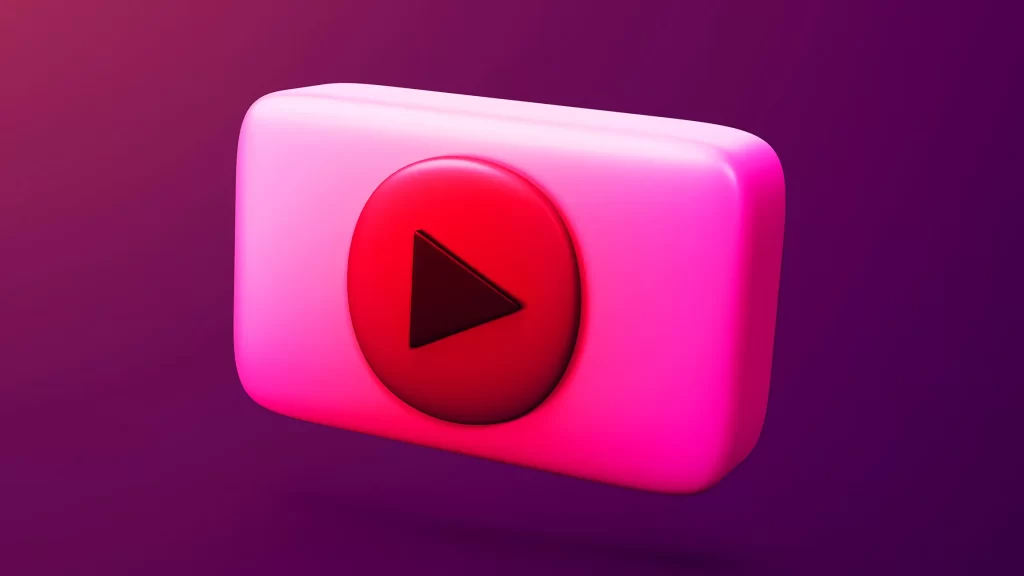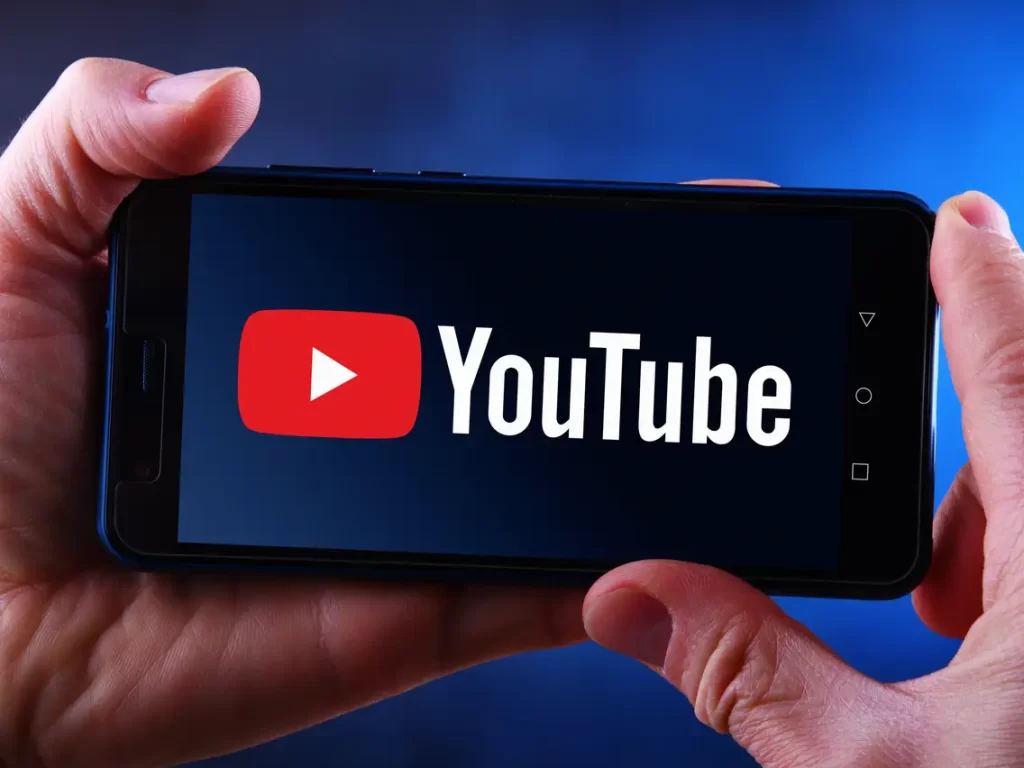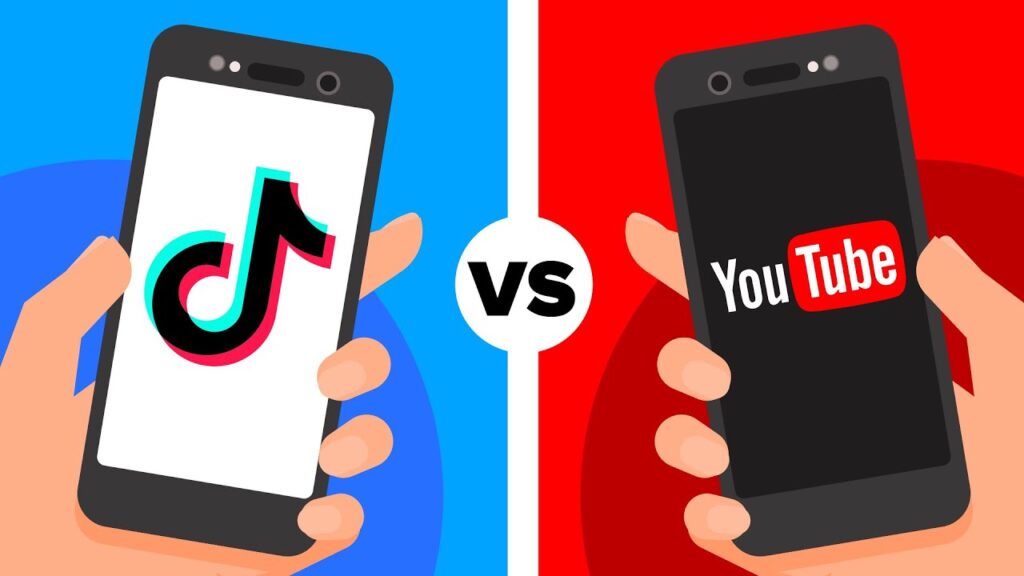The Many Benefits Of Doing A YouTube Audit
In the world of content creation, competition is stiff, and it’s easy to lose sight of your YouTube channel’s performance. An audit on YouTube can help you make sense of your channel’s health and unravel valuable insights that can shape your future strategies. Learn the benefits of conducting a YouTube audit and how it can optimize your channel’s success.

Evaluate Your Channel’s Branding
An audit lets you assess your YouTube channel’s visual appeal and ensure your branding captures your target audience’s attention, encouraging them to stick around and explore your content. The audit will involve reviewing your channel banner, profile picture, and watermark, verifying if they create a cohesive and attractive brand image.
Assess Content Performance
A thorough audit helps you identify your most successful content and detect patterns or themes that resonate with your audience. You can analyze average view duration, audience retention, and engagement metrics like likes, comments, and shares to evaluate your content’s performance. With this information, you can more effectively plan future content to retain and attract viewers.
Analyze Viewer Demographics
Understanding who your viewers are is crucial to content creation and audience growth. By auditing your channel, you can gain insights into viewer demographics, including age, gender, and location. Armed with this knowledge, you can produce content that specifically caters to your audience’s preferences, increasing your chances of attracting a loyal viewership.
Optimize Video SEO
An audit can reveal whether your YouTube videos are properly optimized for search. Strong SEO practices can significantly impact your video’s visibility on the platform by ensuring that your titles, descriptions, and tags include relevant keywords. An audit will highlight areas for improvement, potentially boosting your channel’s search performance and audience reach.
Review Video Thumbnails
During an audit, you can review your video thumbnails and identify those that effectively catch viewers’ attention. High-quality, custom thumbnails often entice viewers to click on your videos. Analyzing which thumbnails perform best can help you create visually striking images for future videos, improving your chances of capturing your audience’s attention.
Improve Audience Engagement
A successful YouTube channel thrives on audience engagement. An audit gives you the chance to review how well you interact with your viewers and address any areas in need of improvement. By examining the comments section and your response rate, you can develop strategies to build a stronger connection with your audience, ultimately elevating your channel’s overall performance.
Revise Your Channel’s Organization
During a YouTube audit, take the time to review your channel’s organization, including playlists and video categories. This process allows you to evaluate whether your videos are grouped effectively, enabling viewers to navigate and discover your content more efficiently. A well-organized channel can increase viewer retention, leading to longer watch times and potential YouTube algorithm boosts.






